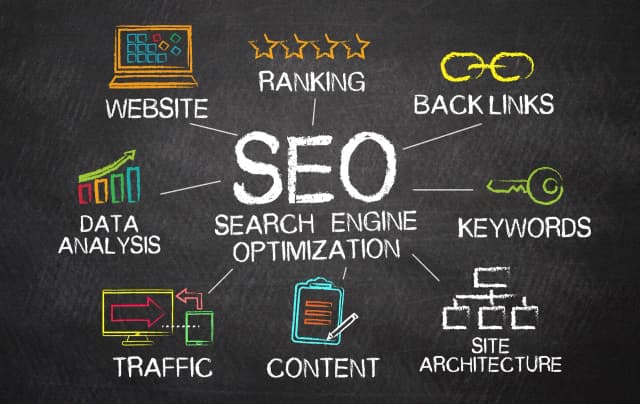On-page optimization is a crucial aspect of SEO that focuses on improving website elements to enhance visibility and user experience. In this guide, we'll discuss the key strategies for effectively implementing on-page optimization and how it can help your website rank higher in search engine results. From meta tags to content structure, learn the essentials here.
What is On-Page Optimization?
On-page optimization refers to the practices performed directly on a web page to improve its position in search rankings. Unlike off-page SEO, which involves external factors like backlinks, on-page focuses on optimizing page elements that impact the visibility and usability of a website.
1. Optimize Title Tags
Your title tag is one of the most important on-page elements for SEO. Here’s how to optimize it:
- Include Main Keywords: Ensure your primary keyword appears at the beginning of the title tag.
- Keep it Concise: Aim for 50-60 characters to avoid truncation in search results.
- Make it Engaging: Craft compelling titles that encourage clicks.
2. Utilize Meta Descriptions
A well-written meta description can significantly increase click-through rates. Optimize it by:
- Summarizing the Content: Provide a brief overview of the page content.
- Incorporating Keywords: Include relevant keywords to match search intent.
- Encouraging Action: Use persuasive language to prompt users to click.
3. Optimize Headings
Using headings (H1, H2, H3, etc.) improves readability and SEO. Here's how:
- Use H1 for Main Title: Each page should have a unique H1 tag that incorporates the primary keyword.
- Organize Content with H2 and H3: Break down content into sections using subheadings.
- Focus on Hierarchy: Ensure a logical hierarchy in your headings for better understanding by readers and search engines.
4. Content Quality and Length
High-quality content is crucial for on-page SEO. Focus on:
- Originality: Create unique content that offers value to readers.
- Keyword Placement: Naturally incorporate keywords throughout the content without overstuffing.
- Optimal Length: Aim for 1,000+ words to cover topics comprehensively.
5. Internal Linking
Internal links help search engines discover new pages and enhance website navigation. To optimize:
- Link to Relevant Pages: Include links to related content within your site.
- Use Descriptive Anchor Text: Ensure that the anchor text is meaningful and related to the linked page.
6. Image Optimization
Images can significantly impact load times and SEO. Optimize your images by:
- Using Descriptive File Names: Clearly name images with relevant keywords.
- Adding Alt Text: Include alt text to describe the image, improving accessibility and SEO.
- Compressing Images: Reduce file sizes to enhance loading speed.
Conclusion
Implementing effective on-page optimization techniques is essential for improving your website's search visibility and user experience. By optimizing title tags, meta descriptions, headings, content quality, internal links, and images, you can significantly enhance your site's performance. At Prebo Digital, we specialize in helping businesses leverage on-page optimization to achieve their SEO goals. Contact us today to learn more about how we can help!















